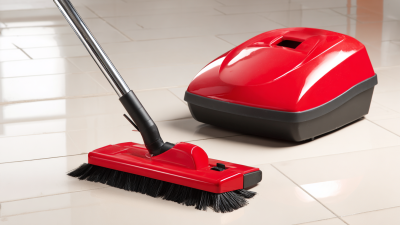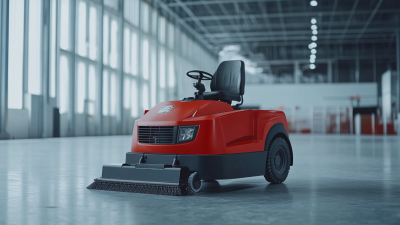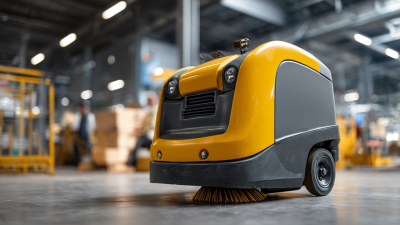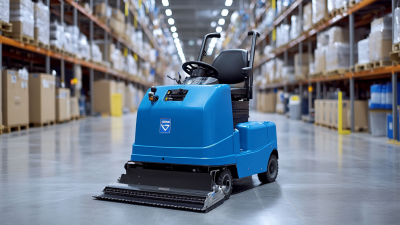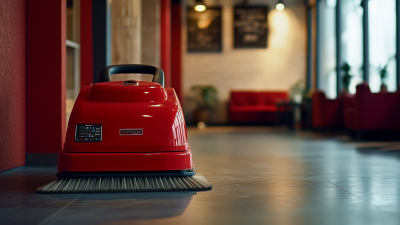Leave Your Message
Choosing the right floor sweeper vacuum can transform your cleaning routine, making it not only efficient but also effortless. According to recent market research, the global vacuum cleaner market is projected to exceed USD 24 billion by 2027, with floor sweeper vacuums emerging as a preferred choice for both residential and commercial spaces due to their ease of use and superior cleaning performance. Studies indicate that nearly 70% of consumers prioritize convenience and effectiveness when selecting cleaning equipment, highlighting the necessity of making an informed decision. This guide aims to provide pivotal insights and tips on selecting the best floor sweeper vacuum for your specific needs, ensuring you achieve optimal results with minimal effort. Emphasizing key features such as suction power, battery life, and maneuverability, this guide will equip you with the knowledge needed to navigate the myriad of options available in today’s market.
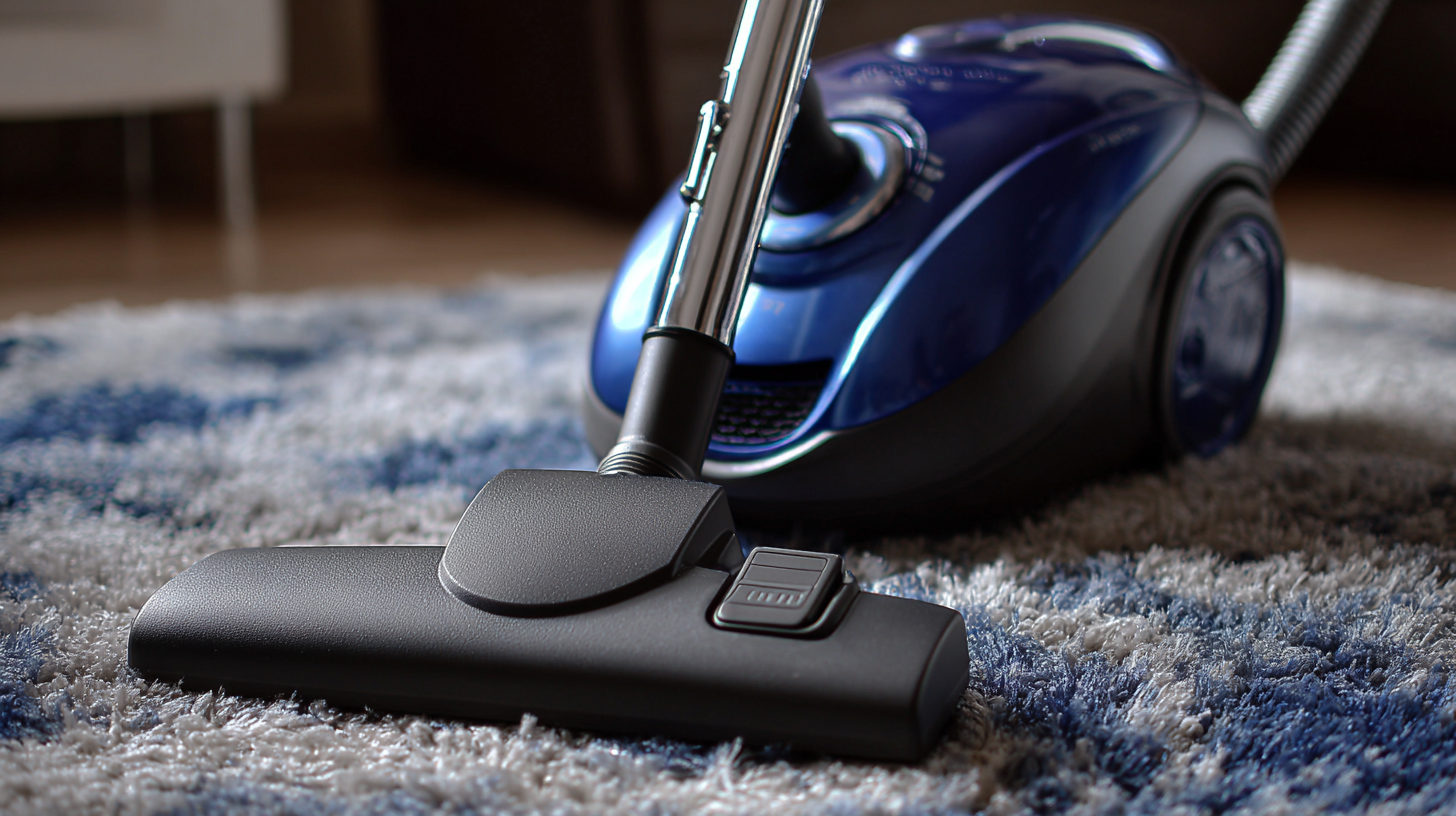
When selecting the best floor sweeper vacuum for effortless cleaning, it's essential to focus on several key features that ensure efficiency and ease of use. First, consider the suction power. A model with strong suction can pick up dirt, pet hair, and debris more effectively, which is crucial for maintaining clean floors. Additionally, look for a vacuum with adjustable suction settings, allowing you to tailor the strength based on the type of flooring and the level of dirt.
Another important feature is the design and maneuverability of the sweeper. Lightweight models with swivel steering make it easy to navigate around furniture and tight spaces, enhancing user experience. Furthermore, a low-profile design enables the vacuum to reach under furniture easily. Emptying the dustbin should also be a hassle-free task; a bagless system or one-touch release mechanism can save time and effort. Lastly, consider battery life for cordless models: an extended run time is vital for uninterrupted cleaning sessions, ensuring that your vacuum can handle larger areas without frequent recharging.
When it comes to maintaining a clean environment, understanding the different types of floor sweeper vacuums available is essential. There are primarily three categories: manual sweepers, battery-operated models, and full-sized vacuums. Manual sweepers are ideal for quick clean-ups and are lightweight, making them perfect for small spaces. They require no power source, making them eco-friendly and easy to maneuver.
Battery-operated sweepers provide an effective solution with advanced suction power while being cordless. They are great for tackling larger areas without the hassle of cords, offering convenience and efficiency. However, it's essential to check the battery life to ensure it meets your cleaning needs. Full-sized vacuum sweepers, on the other hand, provide robust cleaning capabilities with powerful suction and are suitable for deep cleaning carpets and hard floors alike.
**Tips:** When choosing a floor sweeper vacuum, consider the surface you will be cleaning most often. For hardwood floors, a vacuum with soft bristles is ideal to avoid scratches. Additionally, always look for models that offer easy storage solutions if space is limited, such as collapsible designs or wall-mountable options. Lastly, check for features like washable filters and easy-to-empty dust bins to enhance your cleaning experience.
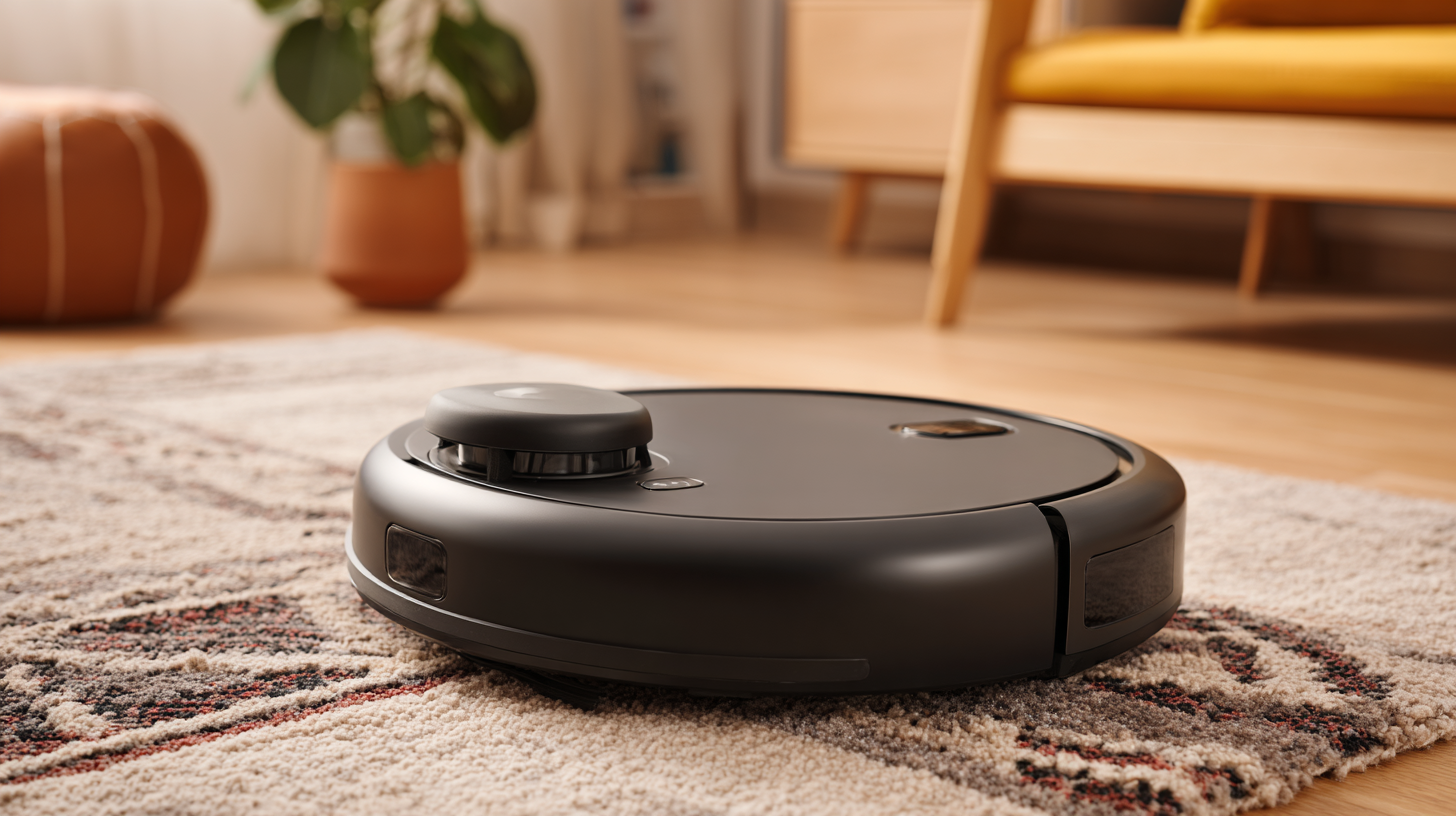
When selecting the best floor sweeper vacuum for effortless cleaning, performance and efficiency should be your primary considerations. First, evaluate the suction power of the vacuum. A more powerful motor often translates to better pickup of dirt and debris. Look for models with adjustable suction settings that allow you to tailor the vacuuming experience based on your specific flooring type. For instance, higher settings are effective on carpets, while lower settings work well for hard surfaces, ensuring you can clean efficiently across different areas of your home.
Moreover, pay attention to the battery life and charging time if you opt for a cordless model. A vacuum with a longer runtime will allow you to cover more ground without interruptions, while quick charging features can enhance your cleaning routine by minimizing downtime. Assessing the capacity of the dirt container is also crucial; a larger bin means less frequent emptying, which contributes to a more efficient cleaning process. By comparing these performance specifications, you can find a sweeper vacuum that meets your cleaning needs effectively while ensuring the task remains effortless.
| Model | Suction Power (Air Watts) | Battery Life (minutes) | Weight (lbs) | Dust Capacity (liters) | Filtration Type |
|---|---|---|---|---|---|
| Model A | 150 | 40 | 8.5 | 1.5 | HEPA |
| Model B | 120 | 60 | 9.0 | 1.2 | Standard |
| Model C | 180 | 30 | 7.0 | 2.0 | HEPA |
| Model D | 140 | 50 | 8.0 | 1.8 | Standard |
When selecting a floor sweeper vacuum, noise levels and user comfort are essential factors that often get overlooked but can significantly impact the cleaning experience. According to a report from the American National Standards Institute (ANSI), the average noise level of household vacuums ranges between 60 to 85 decibels (dB). Vacuums operating at lower decibel levels, ideally below 70 dB, are generally considered quieter and more comfortable for users. For instance, the iRobot Brava Jet series boasts sound ratings around 65 dB, making it an excellent choice for those sensitive to noise, especially in shared living spaces.
In addition to noise, user comfort encompasses ease of handling and maneuverability. The ergonomic design of a vacuum can reduce fatigue during cleaning sessions. A study published by the Cleaning Industry Research Institute (CIRI) indicates that devices with lightweight constructions and comfortable grips can improve cleaning efficiency by up to 30%. Selecting a sweeper vacuum with adjustable features can further enhance the user experience, allowing individuals to tailor settings for maximum comfort. Therefore, considering both noise levels and ergonomic design is crucial when choosing the right floor sweeper vacuum for a seamless and pleasurable cleaning routine.
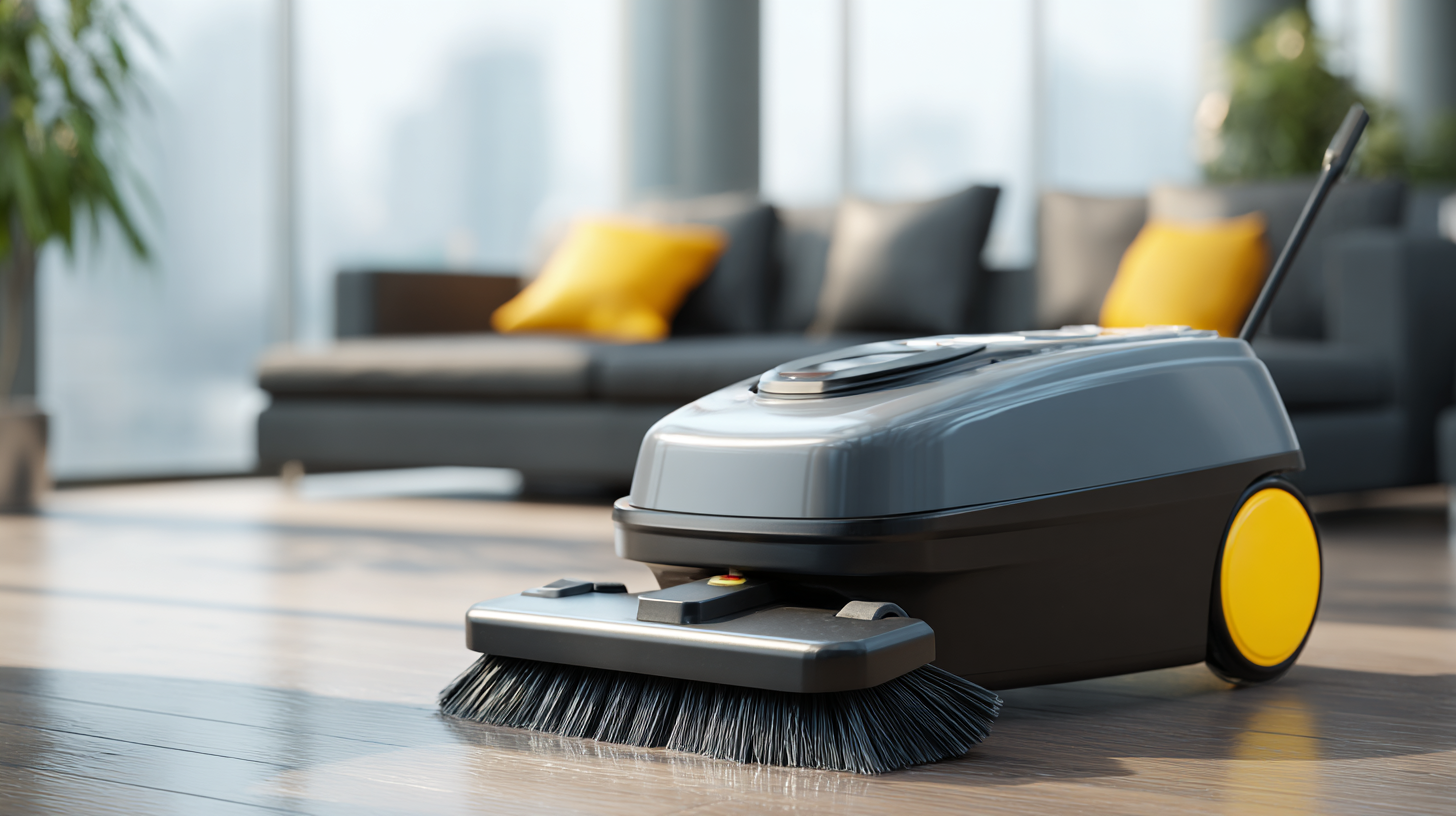
Maintaining your floor sweeper vacuum is essential for ensuring its longevity and optimal performance. Regular maintenance starts with simple tasks, such as cleaning the filters and brushes. Dust and debris can accumulate in these components, reducing suction power and efficiency. Make it a habit to check and clean the filters at least once a month, and replace them as recommended by the manufacturer. Additionally, inspect and clean the brush rolls to prevent clogs that can lead to motor strain.
Another important aspect of prolonging your vacuum's life is proper storage and handling. After use, ensure that the vacuum is turned off and stored in a dry, cool place to avoid moisture damage. Avoid pulling the vacuum by the cord, as this can lead to wear and tear over time. Finally, schedule periodic professional servicing if your model permits it. This will help identify any potential issues before they become significant problems, ensuring that your vacuum remains a reliable tool for effortless cleaning for years to come.
This bar chart provides an overview of key specifications for floor sweeper vacuums, including suction power, battery life, weight, noise level, and maintenance frequency. These metrics can help you choose the right model for effortless cleaning and ensure longevity with proper maintenance.
